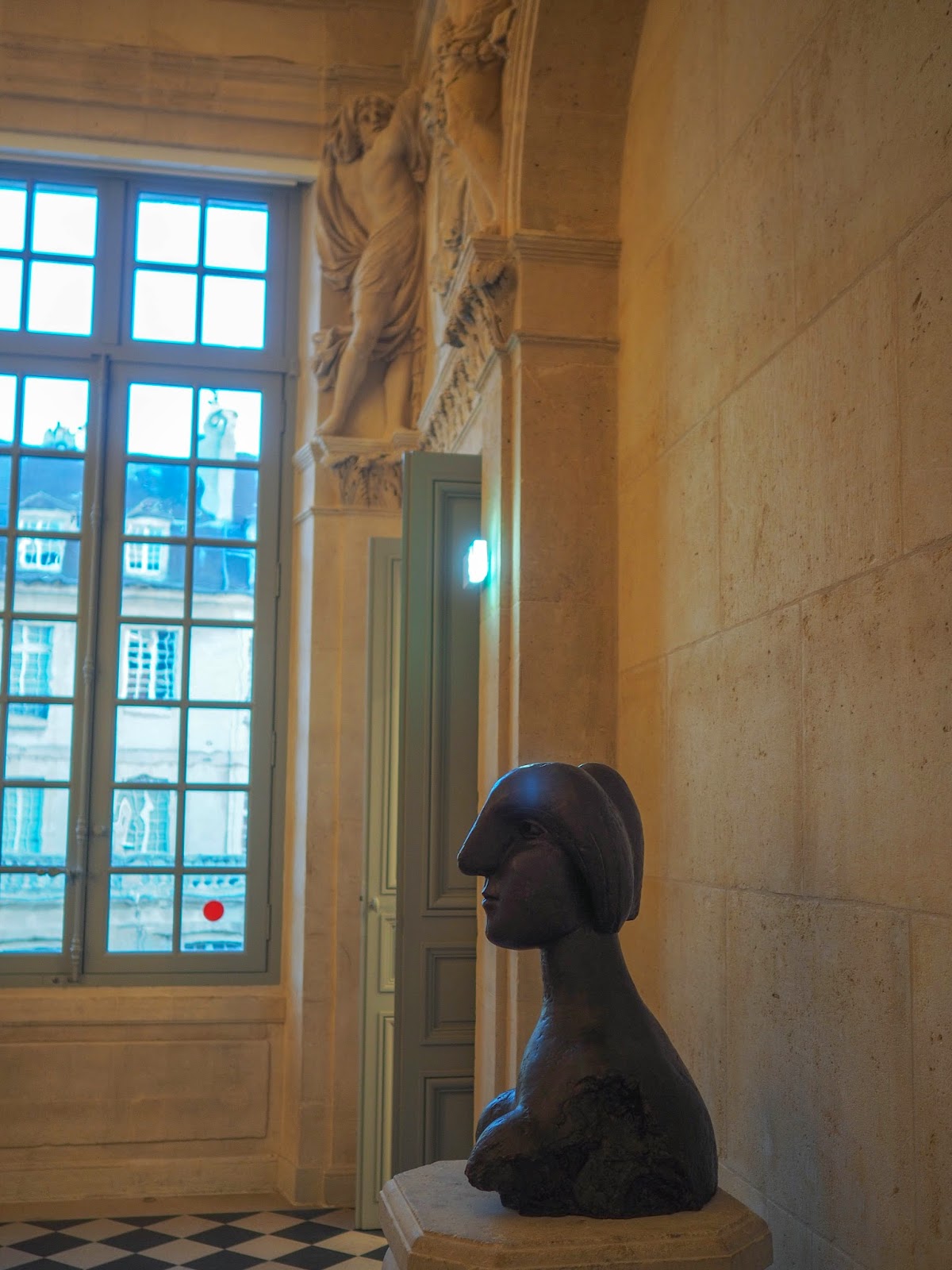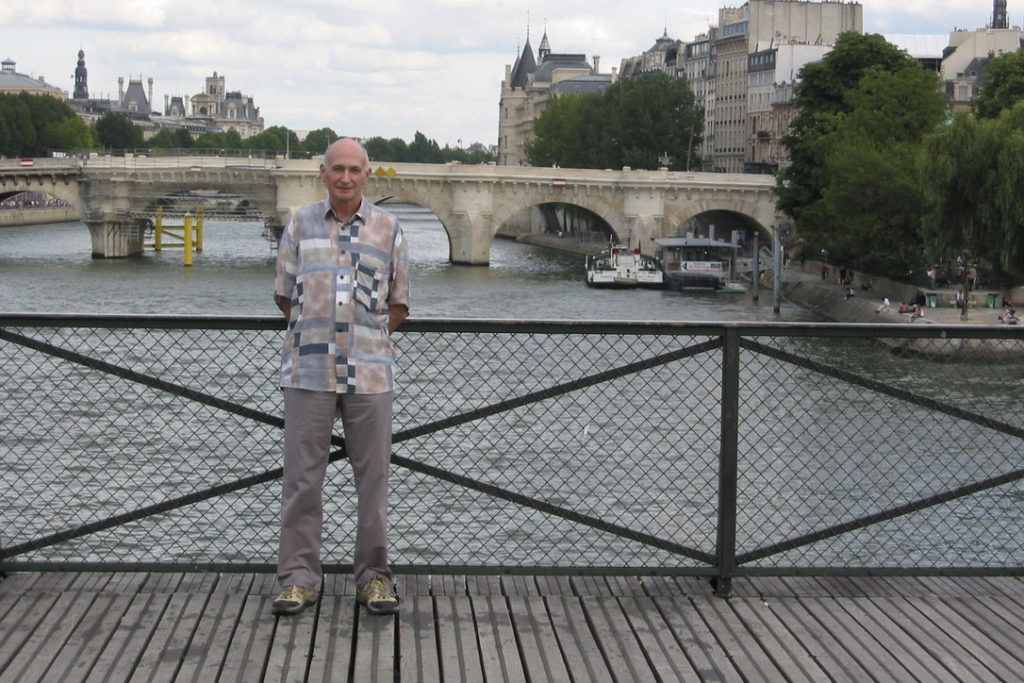On Christopher Nolan's "Interstellar"
This weekend I saw Christopher Nolan’s new film, Interstellar. If you know something about movies, then perhaps the best way to understand this film is to say that it is based on a script that Nolan’s brother had originally written for Spielberg. There is plenty of easy and unambiguous sentiment, more so than in any other film he has made until now. Like this: if you leave someone you love, then should try to come back. You had better, you hear! Having seen all of Nolan’s previous films I feel disappointed. I thought he would make a great modern science fiction story which would show us really what it was like to travel great distances and stand on alien worlds that no human has visited before. It does … but not quite.
Toto, I don’t think it’s 1930 any more
Rewind. Here’s the story: Cooper, a drawling midwesterner and ex-fighter-pilot-turned farmer receives some mysterious “instructions” from a restless ghost, telling him to visit a certain location near his farm. There he finds … NASA engineers secretly working to prepare manned missions to a wormhole that’s conveniently opened up near the orbit of Saturn (got all that?). This is good news, because Saturn is of course the most photogenic of all the planets. Bad news, because that’s even further away than the monolith in 2001 which was in orbit around Jupiter, and it will take them two years to get there. Luckily, we at least have that other SF standby, cryosleep, so no sitting around playing cards in space. Whew!The planet Earth of Interstellar is a dried-up dusty place. People live on farms and drive pickup trucks. I almost expected to hear Woody Guthrie singing his Dust Bowl Blues: instead, we have Hans Zimmer and his sepulchral full-on organ tones (and not a church in sight). At the start of the film, we are astonished to see a cast member flip open a laptop. They have computers here? So yeah, it looks like the kind of place you would want to get out of. Weirdly, later on, even in the scenes in outer space, everything looks retro, there is not a touchscreen or hologram in sight. Lots of knobs and buttons and dials and low-def video (quite different from how recent films like Prometheus and District 9 imagine modern space travel).
What can we do with some faster computers?
Anyway, arriving at Saturn we see the wormhole, which nicely distorts the stars behind it. This wormhole leads not only to another solar system, but to another galaxy, and so yes the film should be really called Intergalactic. It’s at this point the film’s big advance from The Black Hole and 2001 become clear: tons more computing power means that we can do a much better job ray-tracing the passage of light around black holes. This, incidentally, is something one of my colleagues at IAP, Alain Riazuelo knows a lot about, having made a series of short films showing how background stars are lensed by massive objects. My friend Mr. Seagull tells me that that Kip Thorne had suggested that he help out, but it turned out that a lot of special effects people are actually recovering from PhDs in astrophysics. So hey!
On the other side of the looking glass
On the other side of the wormhole, our intrepid heroes find themselves with some choices to make: there are three potentially habitable worlds nearby and visiting all of them isn’t going to be easy, not the least because this system contains a nasty large black hole, hence the need for all that ray-tracing. It goes without saying that things don’t work out as expected. One of the most memorable scenes of the film is our explorer Cooper duking it out in a snowy wasteland with the planet’s sole inhabitant, a supposedly idealistic scientist, Dr. Mann, played cooly by Matt Damon. But human beings will be human beings after all! It turns out that Dr. Mann, like everyone else (despite affirmations to the contrary), just wants to go home too. But, this being Hollywood, it all works out fine in the end for the rest of the cast (sorry for the spoilers), thanks to some black-hole strength bending of the rules of physics and causality.
How to get to the next planet in time for tea?
Here’s the astronomer’s polemic: without any additional physics, exploring the Universe is a drag. Voyaging even to nearby stars involves decades-long travel. Nothing says interstellar travel is impossible — it just takes a very, very long time. So, to be truthful, a lot of screen time would be devoted to gliding silently between the stars. For things to happen in a reasonable duration (under three hours, yes) a shortcut needs to be found. Bending space-time with massive objects is probably the least incredible of large number of largely fantastical options. For me, the most realistic description of what the Universe might be really can be found in David Brin’s Existence. Here, the Universe is vast and violent, and all of the travelling is done by machines, in some cases carrying fragments of their creators’ consciousness. That, however, is a lot less fun than boldly going. I sympathise with the movie-director’s predicament: how can you make a good movie about interstellar travel without breaking a few laws of physics?
Going backwards to go forwards
Nolan’s first big hit, Memento was famous for out-of-order story-telling, so you might think that throwing causality out of the window might work out okay. In fact that’s not what’s wrong with the film. The problem is that it is just too much like a big-budget blockbuster movie. Hey, you might say, it is a big-budget blockbuster movie! That’s just it: Nolan was our best hope to make intelligent movies with a wide appeal where things might not work out in the end. He leans too heavily on the films he admires from cinema history, and the plot in some ways is too comforting to be credible. Yes, the alien landscapes are beautiful. However, after going through the worm-hole and travelling to the farthest reaches of the cosmos, we will not be elevated to a higher level of consciousness and become new human beings, and neither will we meet creatures from another dimension. In fact, we will just find…ourselves. The Universe might indeed be empty of life, a terrifying idea, but one could at least hope that we would be changed the journey. So yes, let’s explore. But we need to go further next time.




